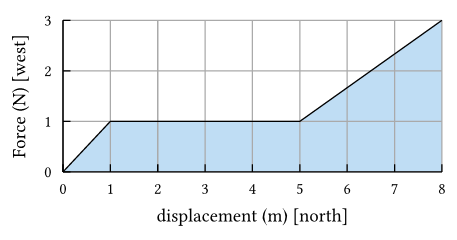This is what I’m using right now, but I would really like to start using templates to change all my figures and documents at once, to achieve real consistency in my documents.

Is made by
#import "@preview/cetz:0.3.2": canvas, draw, draw.set-style, draw.stroke, palette
#import "@preview/cetz-plot:0.1.1": plot, chart
#canvas({
// Your plot/chart code goes here
import draw: *
set-style(axes: (
stroke: 0.5pt,
tick: (
stroke:0.5pt,
),
grid: (
stroke: gray + 0.5pt,
dashed: "dotted",
)
)
)
plot.plot(size: (5,2), x-tick-step: 2,
y-tick-step: 5,
x-format: v => text(6pt,str(v)),
y-format: v => text(6pt,str(v)),
x-label: text(7pt, [displacement (m) [west]]),
y-label: text(7pt, [Force (N) [west]]),
x-grid: "both",
y-max: 25,
x-max: 14,
y-grid:"both",
title: "Filled",
grid-style: (stroke: blue),
axis-style: "scientific-auto",
{
plot.add-fill-between(
((0,10),(2,20), (12,20)),
((0,0),(12,0),), style: (stroke: none))
plot.add(((0,10),(2,20),(12,20)), style: (stroke: black, ))
}
)
})
but I have to copy and paste this code and then I have to change all of them individually if I want something to be different.
Any tips on making these settings part of a template would be appreciated and I would also appreciate any aesthetic criticisms and ideas to help make my graphs look nicer.
Thanks!